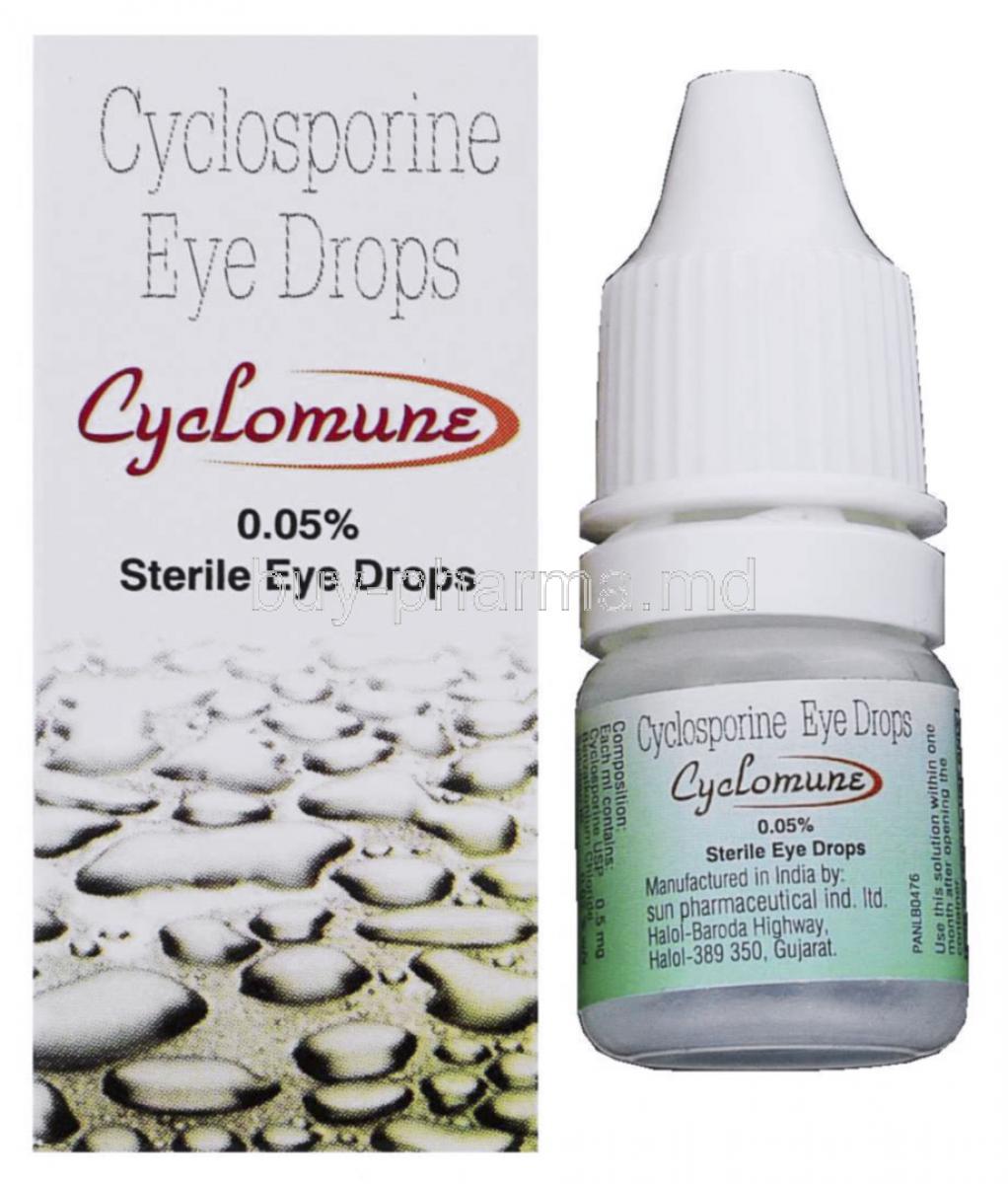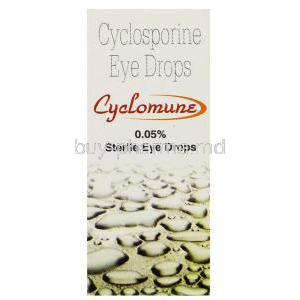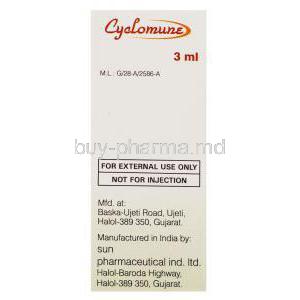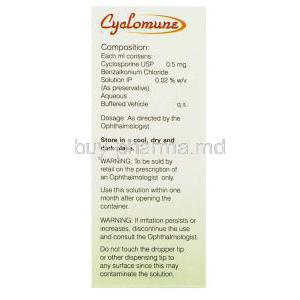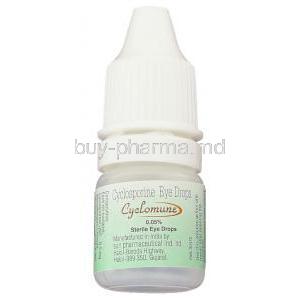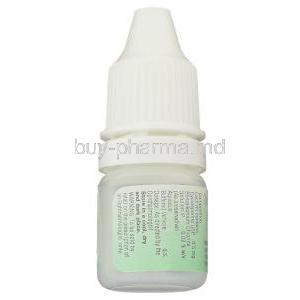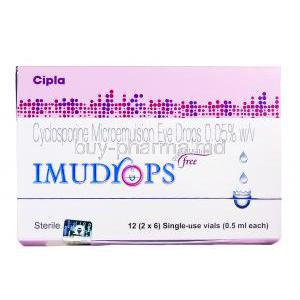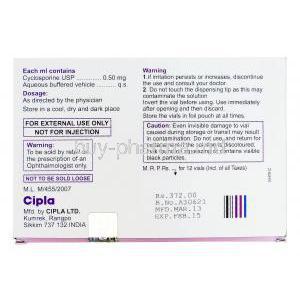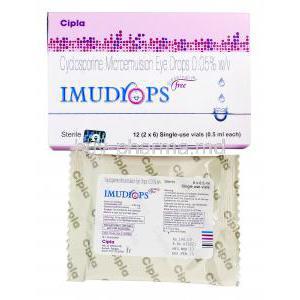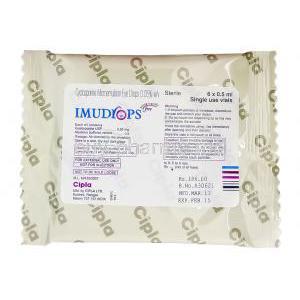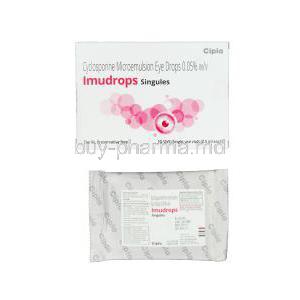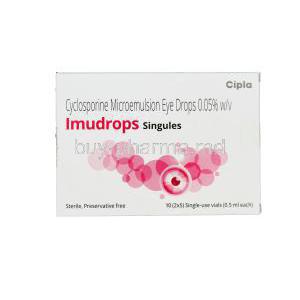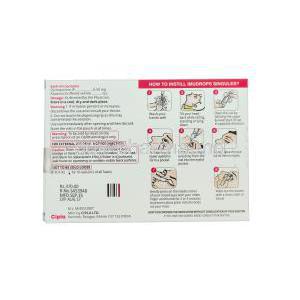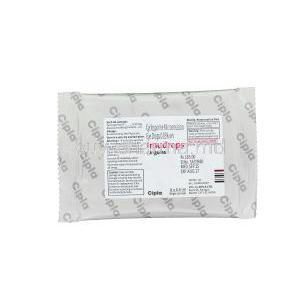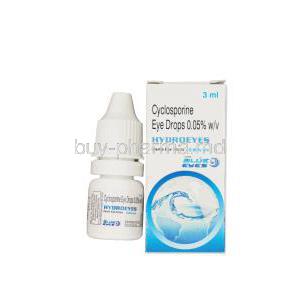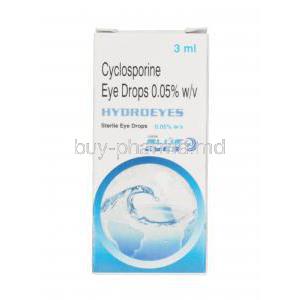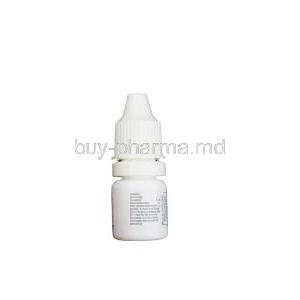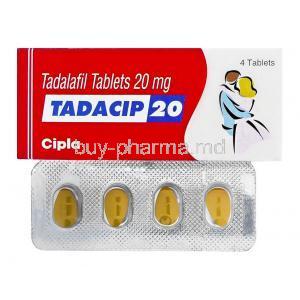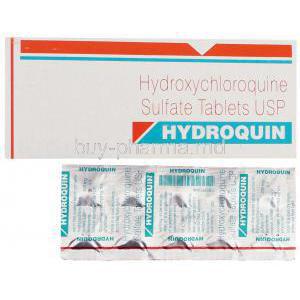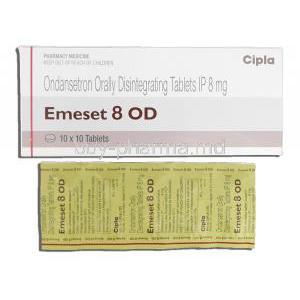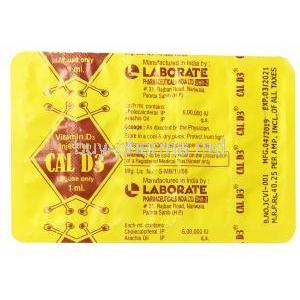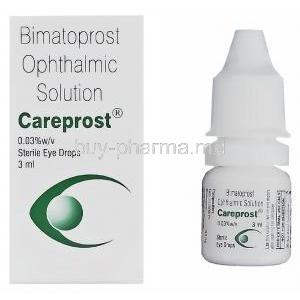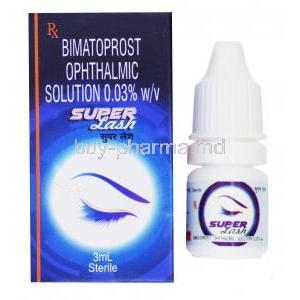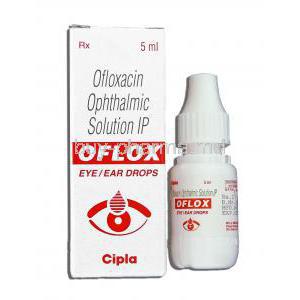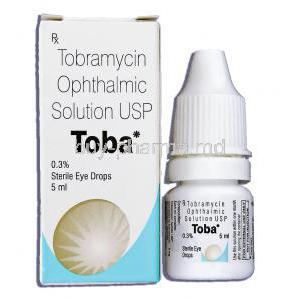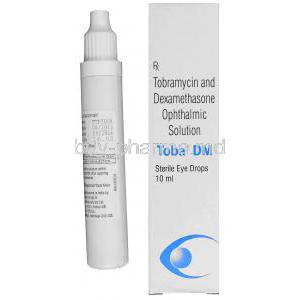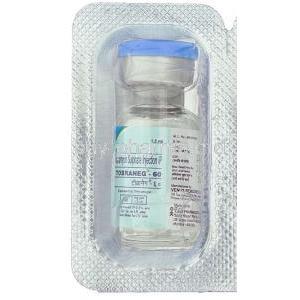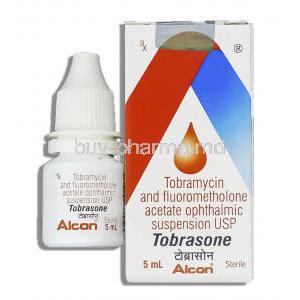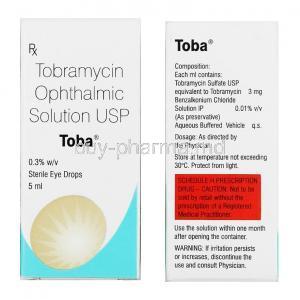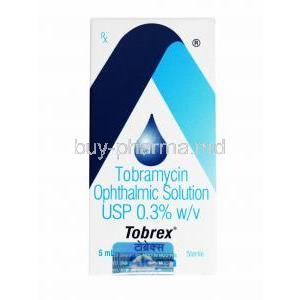Cyclosporine Eye Drop
I. Introduction
Let's start by discussing Cyclosporine Eye Drop, a product that has brought relief to millions of people suffering from eye conditions. Cyclosporine is primarily used as an immunosuppressant in organ transplantation to prevent rejection.
However, it has also found its way into applications such as eye drops reduce eye inflammation and alleviate symptoms of certain eye conditions. Specifically, it is often prescribed for dry eye caused by inflammation.
The fascinating history of this pharmaceutical marvel takes us back to the 1970s when researchers stumbled upon Cyclosporine during a soil sample expedition in Norway. They discovered a fungus called Tolypocladium inflatum within the sample, which was found to contain the compound Cyclosporine.
Initially, its discovery aimed at developing an antibiotic, but its powerful immunosuppressant properties soon came to light.Shifted its primary usage. The ophthalmic use of Cyclosporine started in the 20th century and has since undergone significant advancements contributing to its long-lasting medical usefulness.
When considering the indications for Cyclosporine Eye Drops, we find that it effectively addresses various conditions such as;
- Keratoconjunctivitis Sicca (Dry Eye Syndrome)(2). Cyclosporine eye drops are commonly prescribed for this condition. They work by reducing inflammation and increasing production, which helps alleviate the discomfort associated with dry eyes.(1)
- Superior Limbic Keratoconjunctivitis, a disorder that affects the superior limbal conjunctiva and cornea, can be eased with the use of Cyclosporine eye drops. These drops help reduce inflammation and provide relief from symptoms.(3)
- Vernal Keratoconjunctivitis (4)is a recurring inflammation of the eyes caused by an allergic reaction. Cyclosporine can aid in suppressing the response and reducing inflammation offering significant relief from symptoms.
Additionally, research has indicated benefits in utilizing Cyclosporine Eye Drops for treating conditions like corneal graft rejection and certain forms of uveitis. These findings demonstrate the therapeutic capabilities of this treatment option.
1. NCBI - Topical ciclosporin in the treatment of ocular surface disorders
2. MedScape - Dry Eye Disease (Keratoconjunctivitis Sicca)
3. PubMed - Topical cyclosporine a in the treatment of superior limbic keratoconjunctivitis: a long-term follow-up
4. DovePress - Efficacy and Safety of 0.1% Cyclosporine versus 2% Cyclosporine in the Treatment of Severe Vernal Keratoconjunctivitis in Children

Dry-Eye-Disease
II. Uses
When we broaden our viewpoint to encompass the ways Cyclosporine Eye Drops can be used, we can categorize them into two main groups; therapeutic applications and, off-label uses. Both of these demonstrate the versatility of this medication.
Therapeutic Uses
Cyclosporine Eye Drops are used in a range of therapeutic situations. They have proven benefits for eye conditions including;
- Eyes; Dry eyes can cause irritation, redness and discomfort. Cyclosporine promotes the production of tears relieving these symptoms and restoring comfort to the eyes.
- Keratoconjunctivitis Sicca; Also known as Dry Eye Syndrome this condition occurs when tear production is insufficient. Cyclosporine Eye Drops effectively enhance the component of tears providing relief from symptoms and improving the overall quality of life for those affected.
- Other Inflammatory Eye Conditions; Conditions, like Superior Limbic Keratoconjunctivitis and Vernal Keratoconjunctivitis can be effectively managed with Cyclosporine Eye Drops. These drops have inflammatory properties that provide symptomatic relief and reduce the likelihood of recurrence.
Off-label Uses
Cyclosporine Eye Drops have gained recognition not for their therapeutic uses but also for their off-label applications. These include addressing ;
- Uveitis, which's the inflammation of the middle layer of the eye. By leveraging its properties, Cyclosporine Eye Drops have been effective in treating noninfectious forms of uveitis providing relief from inflammation and related symptoms.
- Sjogren's Syndrome, an autoimmune condition that often leads to dry eyes and other symptoms, administering Cyclosporine Eye Drops helps alleviate ocular discomfort. This highlights the usefulness of the medication beyond ophthalmic concerns.
- Pterygium—a condition characterized by the growth of tissue on the conjunctiva—Cyclosporine Eye Drops have shown promise as an adjunctive therapy. While surgery is commonly employed using these drops has demonstrated a reduced likelihood of recurrence post-surgery.
In conclusion, the extensive range of both approved and off-label uses for Cyclosporine Eye Drops showcases its versatility as a medication. It can address not common eye discomforts but also more complex systemic conditions, underscoring its crucial role in modern ophthalmic care.
III. How it Works
Mechanism of Action
The effectiveness of Cyclosporine Eye Drops in therapy can be attributed to a well-coordinated mechanism. Cyclosporine functions as an immunosuppressant by blocking calcineurin, an enzyme that activates T cells in the immune system. When used for eye-related purposes, this effect leads to a decrease in inflammation, providing relief for different eye conditions.
Pharmacodynamics
The way Cyclosporine interacts with the system embodies its pharmacodynamic properties. This medication employs a cytotoxic approach, effectively decreasing the activity of lymphocytes, specifically T helper cells. To comprehend its pharmacodynamics, it is important to consider the factors; reversible inhibition of immunocompetent lymphocytes, suppression of T helper cells and interleukin two production, and reduction of inflammation without causing extensive damage to tissues. Together these dynamics contribute to relieving conditions without significantly compromising the body's overall immune responsiveness.
Pharmacokinetics
Pharmacokinetics involves how Cyclosporine is absorbed, distributed, metabolized, and excreted. When it comes to using it in the eyes, these aspects show some differences;
- Absorption; Very little of the drug is absorbed into the body when applied to the eyes.
- Distribution; It mainly stays on the surface of the eye targeting its therapeutic effects there.
- Metabolism; The liver primarily handles its breakdown.
- Excretion; It is mostly eliminated through bile.
This profile shows that when Cyclosporine is used as eye drops, it works mainly on the eyes without having an impact, on other parts of the body.
IV. Dosage and Administration
Standard Dosage Guidelines
The use of Cyclosporine Eye Drops requires attention and following the recommended dosage instructions. Typically you should put one drop in each affected eye twice a day for 12 hours between each dose. The dosage may be adjusted depending on how the patient responds to the treatment and the evaluation made by the physician.
Method of Administration
To apply Cyclosporine Eye Drops correctly, you need to be careful while doing so. Tilt your head back, pull down your eyelid, and gently squeeze the bottle to release the right amount of medication into the conjunctival sac. Keep your eye closed for a time to ensure proper absorption.
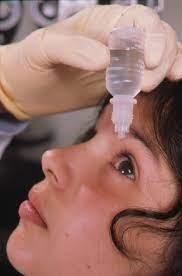
Eye-Drops
Special Instructions
It is important to follow instructions to maximize effectiveness;
1. To avoid contamination make sure you don't touch the tip of the bottle.
2. During treatment, it's best to stop using contact lenses.
3. If you're using eye medications as well, be mindful of timing when administering them sequentially.
Administration to Different Patient Groups
Elderly; Typically, there is no need for a dosage adjustment for older individuals. However, it is advisable to monitor for any side effects and consult with a healthcare provider as a precautionary measure.
Pregnant Women and Nursing Mothers; Although the amount of this medication absorbed into the bloodstream is minimal, it is still recommended to exercise caution and seek guidance from a healthcare professional during pregnancy and while breastfeeding.
Children; It is important to note that the use of this medication in patients should be closely supervised by medical professionals as its safety and effectiveness in children have not been extensively established.
V. Composition
Active Ingredients
Cyclosporine Eye Drops contain Cyclosporine as the active ingredient. It is this component that primarily contributes to the observed effects.
Inactive Ingredients
In addition, to the ingredient there are several other ingredients that help maintain stability and usability. These can include emulsifiers, preservatives and buffering agents. The exact composition may differ depending on the manufacturer.
Different Formulations and Concentrations
Cyclosporine Eye Drops come in concentrations and forms. The common one is a 0.05% emulsion, but there are also gels or ointments available. These different options are designed to meet the needs and preferences of patients, making it easier to use this versatile medication in a personalized way.
VI. Side Effects
Common Side Effects
While Cyclosporine Eye Drops are known to be a therapeutic treatment they can also have certain side effects that are commonly observed with many eye medications. It's important for patients to be aware of the following;
1. Sensation of Burning; This is often reported immediately after using the drops. Its usually temporary and goes away quickly.
2. Irritation; Some people may experience a mild sensation of irritation which could lead to increased tear production or slight discomfort.
3. Redness; In individuals, there may be temporary redness or hyperemia of the conjunctiva. While this is typically not a cause for concern and tends to resolve on its own, it should still be reported to a healthcare professional if it persists.
It's essential for patients using Cyclosporine Eye Drops to understand these side effects and seek medical advice if any concerns arise.
Serious Side Effects
While it is not common, there are some instances where more severe side effects can occur and require immediate medical attention.
One example is an eye infection, which can happen if the dropper bottle is mishandled or contaminated, leading to fungal infections in the eyes.
Another concern would be any gradual changes in vision, as they should be addressed promptly since they may indicate underlying complications.
Managing Side Effects
Taking steps to manage side effects can greatly improve patient compliance and overall satisfaction with their treatment. This involves monitoring, for any known side effects, promptly informing your healthcare provider about any persistent or concerning symptoms, and following the administration instructions diligently to minimize the possibility of complications.
VII. Interactions
Drug-Drug Interactions
When using Cyclosporine Eye Drops alongside medications, it is important to be aware of potential interactions that could impact their effectiveness or increase the risk of side effects. Here are some things to keep in mind;
1. Make sure to time the administration of eye medications carefully so as not to dilute or reduce their effectiveness when used together with Cyclosporine Eye Drops.
2. If you are also taking immunosuppressive agents, it is advisable to consult with a healthcare provider as there might be potential synergistic effects, between these medications.
It's always best to be cautious and seek advice when combining different treatments.
Drug-Food Interactions
Cyclosporine Eye Drops are usually not influenced by what you eat, as the amount absorbed into your body is very minimal. Just following administration guidelines should be enough to prevent any possible interactions, with food.
Effects on Laboratory Tests
Cyclosporine Eye Drops are not expected to cause any disruptions, in laboratory tests. However, it is important to inform healthcare providers about all medications being taken to ensure care.
VIII. Warnings and Contraindications
General Warnings
Please keep in mind the following precautions when using Cyclosporine Eye Drops;
1. To prevent contamination make sure to avoid any contact with the dropper tip.
2. It is crucial to monitor for any side effects or allergic reactions.
3. Strictly adhere to the storage. Handling instructions provided.
Remember to be cautious and follow these guidelines carefully for the use of Cyclosporine Eye Drops.
Specific Contraindications
Although Cyclosporine Eye Drops can be used in cases they should not be used by individuals who have a known hypersensitivity to Cyclosporine or any of its inactive components. If someone is sensitive, to it they may experience irritation, swelling or other symptoms of an allergic reaction.
Special Populations and Pre-existing Conditions
When it comes to populations and people with pre-existing conditions, certain factors should be taken into account;
- For pregnant women and nursing mothers, although there are no specific reasons to avoid the use of Cyclosporine Eye Drops, it is advisable to seek medical guidance before using them.
- In cases where there are existing eye infections, the consideration of including Cyclosporine Eye Drops in the treatment plan should be done carefully depending on the nature and cause of the infection.
To summarize, Cyclosporine Eye Drops are a tool in ophthalmology that provides significant relief for various eye conditions. However, it's crucial to understand the side effects, interactions, warnings, and contraindications associated with this medication. Collaborating with healthcare providers and following administration guidelines will lead to optimal therapeutic outcomes.
IX. Careful Administration and Important Precautions
Monitoring and Follow-up
In the field of eye care, it is crucial to monitor and have regular checkups. If you are using Cyclosporine Eye Drops, it is essential to have eye examinations to evaluate the effectiveness and identify any possible complications.
It is recommended to schedule follow-up appointments as advised by your healthcare provider within a month of starting the treatment or as required. If you experience any symptoms, it is important to seek immediate attention and inform your healthcare provider promptly. This will aid in detecting and managing any issues at a stage.
Hygiene Considerations
Maintaining hygiene is crucial for the safe and effective use of Cyclosporine Eye Drops.
- It is important to wash your hands before handling the bottle.
- Additionally, be careful not to touch the dropper tip to your eye or any other surfaces to minimize the risk of contamination.
- If necessary, you can use a mirror. Ask for assistance to ensure that you place the drops accurately.
These precautions play a role in ensuring that the medication remains effective and reliable.
Handling Precautions
When using Cyclosporine Eye Drops it's important to handle them with care and take precautions.
- If necessary, gently shake the bottle as instructed by the formulation.
- Make sure to use the medication within its expiry date without any delay.
- Follow the dosage schedule without skipping doses or trying to make up for a missed dose.
These practices help strengthen the bond, between patients and their medication, leading to treatment outcomes.
X. Storage
Proper Storage Conditions
It is important to store Cyclosporine Eye Drops to maximize their shelf life and effectiveness. Here are some key points to keep in mind;
- Store them at room temperature away, from heat and direct sunlight.
- Always make sure to tightly close the bottle when you're not using it.
- Unless the manufacturer specifically instructs otherwise avoid freezing or refrigerating the eye drops.
Shelf Life
Cyclosporine Eye Drops usually have a shelf life of 18 to 24 months from the manufacture date, depending on the formulation. It is highly recommended not to use them after expiration as it may jeopardize their safety and effectiveness.
Disposal Guidelines
It is crucial to dispose of Cyclosporine Eye Drops to protect the environment.
- Make sure to follow regulations or consult a pharmacy for guidance on how to properly dispose of them.
- Avoid throwing them in trash or pouring them down drains unless you have specific instructions to do so.
XI. Overdosage
Symptoms and Signs
While it is uncommon, there is a possibility of overdosing on Cyclosporine Eye Drops. Typically this can result in heightened irritation, redness, or discomfort. However, the chances of experiencing systemic effects are minimal since the absorption into the body is limited.
Management and Treatment
If you accidentally use much of something it's important to take immediate action. You can try rinsing your eye with water or saline solution to help relieve any symptoms. It's also an idea to reach out to a healthcare provider for professional advice and care.
Reporting Overdosage
It's important to let your healthcare providers or local poison control centers know about any cases of overdosage. This helps ensure safety and allows professionals to provide appropriate guidance in managing the situation.
XII. Conclusion
Summary of Key Points
Cyclosporine Eye Drops is an effective treatment choice, for various eye conditions offering both safety and effectiveness. To achieve the outcomes it is crucial to administer and store them correctly and be aware of potential side effects.
Recommendations for Patients and Healthcare Providers
The successful achievement of outcomes heavily relies on teamwork between patients and healthcare providers. Patients play a role by following instructions diligently, promptly reporting any concerns, and actively participating in regular follow-up sessions. However, healthcare providers contribute by offering clear guidelines ensuring correct dosing, and closely monitoring progress.
Recent Advancements and Future Prospects
The field of Cyclosporine Eye Drops is rapidly advancing, with research exploring new formulations and uses. Exciting progress in nanoparticle delivery systems and individualized treatment plans indicates a future where patient care becomes more precise and beneficial. The fusion of state-of-the-art knowledge with thoughtful clinical expertise paves the way for ongoing advancements in ophthalmic medicine.

